Seasonal Demand Fluctuations
The U.S. Thermal Underwear Market is characterized by seasonal demand fluctuations, particularly during the winter months. As temperatures drop, the need for thermal underwear surges, leading to increased sales during this period. Retail data shows that winter apparel, including thermal wear, experiences a significant spike in consumer interest, prompting retailers to stock up on these essential items. This seasonal pattern presents both challenges and opportunities for manufacturers and retailers alike. While the peak demand period can lead to substantial revenue, it also necessitates effective inventory management to avoid stockouts or overstock situations. Understanding these seasonal dynamics is crucial for stakeholders in the U.S. Thermal Underwear Market, as they strategize to optimize their offerings and meet consumer needs during peak seasons.
Technological Innovations in Fabric
The U.S. Thermal Underwear Market is significantly influenced by advancements in fabric technology. Innovations such as moisture-wicking materials, breathable fabrics, and enhanced insulation properties are transforming the thermal wear landscape. These technological improvements not only enhance comfort but also improve the overall performance of thermal underwear. For instance, the introduction of fabrics that regulate body temperature and provide superior moisture management has become a game-changer for consumers. Market data indicates that brands investing in research and development of new materials are likely to capture a larger market share. As consumers increasingly seek high-performance thermal wear, the emphasis on technological innovation will likely drive growth in the U.S. Thermal Underwear Market, positioning it as a competitive segment within the apparel market.
Fashion Trends Influencing Thermal Wear
The U.S. Thermal Underwear Market is increasingly shaped by evolving fashion trends. As thermal underwear transitions from being purely functional to a fashionable choice, consumers are more inclined to purchase stylish options that can be worn both as base layers and standalone pieces. This shift is evident in the rise of athleisure and casual wear, where thermal garments are designed to be versatile and aesthetically pleasing. Market analysis suggests that brands that successfully blend style with functionality are likely to attract a broader audience. The growing acceptance of thermal wear as a fashion statement indicates a potential for increased sales, as consumers seek products that align with their lifestyle choices. This trend underscores the importance of design innovation in the U.S. Thermal Underwear Market, as it adapts to meet the demands of style-conscious consumers.
Increased Demand for Outdoor Activities
The U.S. Thermal Underwear Market experiences a notable surge in demand due to the increasing popularity of outdoor activities. As more individuals engage in hiking, skiing, and other winter sports, the need for effective thermal wear becomes paramount. This trend is supported by data indicating that outdoor recreation participation has risen significantly, with millions of Americans seeking warmth and comfort during colder months. Consequently, manufacturers are responding by innovating thermal underwear that combines functionality with style, catering to a diverse consumer base. The emphasis on performance and comfort in thermal wear is likely to drive sales, as consumers prioritize quality and durability in their outdoor gear. This growing interest in outdoor pursuits suggests a robust market potential for thermal underwear, positioning the U.S. Thermal Underwear Market for continued growth in the coming years.
Rising Awareness of Health and Wellness
The U.S. Thermal Underwear Market is witnessing a shift towards health and wellness, as consumers become increasingly aware of the importance of maintaining body temperature for overall well-being. Thermal underwear is not merely a clothing choice; it is perceived as a health necessity, particularly during colder seasons. Research indicates that maintaining optimal body temperature can prevent various health issues, including hypothermia and muscle stiffness. As a result, consumers are more inclined to invest in high-quality thermal wear that offers both comfort and protection. This trend is further amplified by the growing emphasis on fitness and outdoor activities, where appropriate thermal clothing is essential. The intersection of health consciousness and thermal wear suggests a promising trajectory for the U.S. Thermal Underwear Market, as brands align their offerings with consumer health priorities.


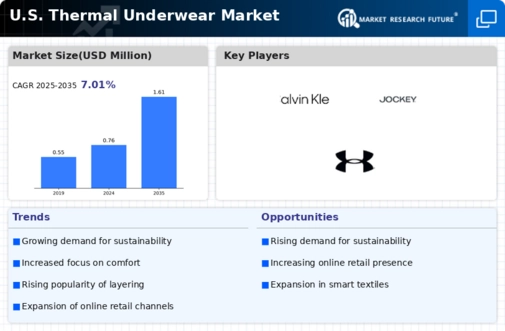
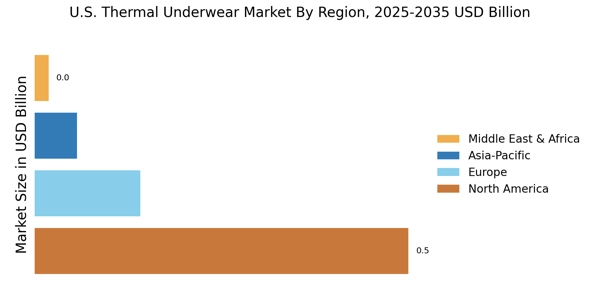
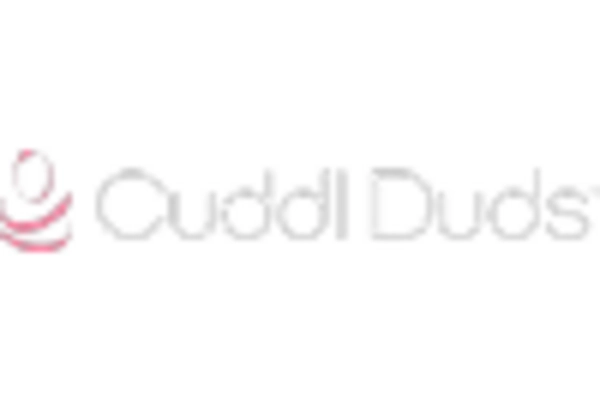
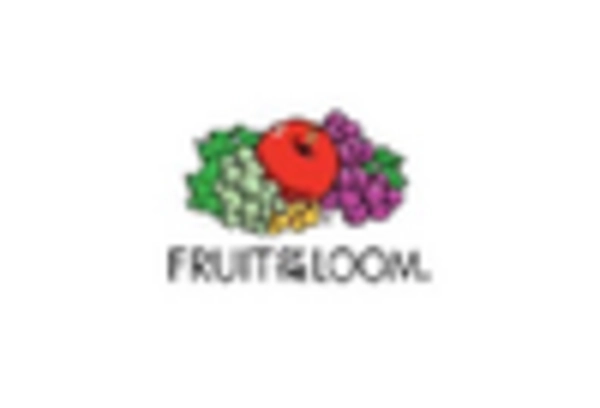
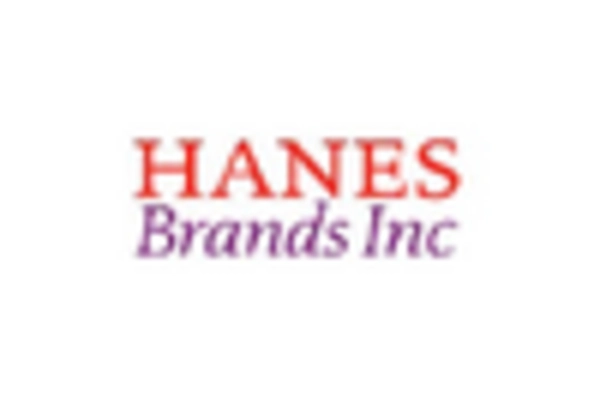
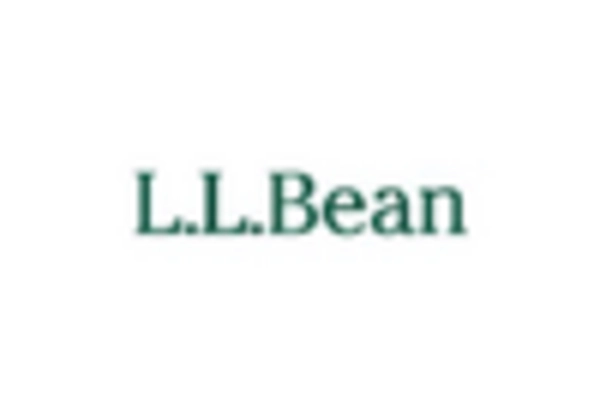

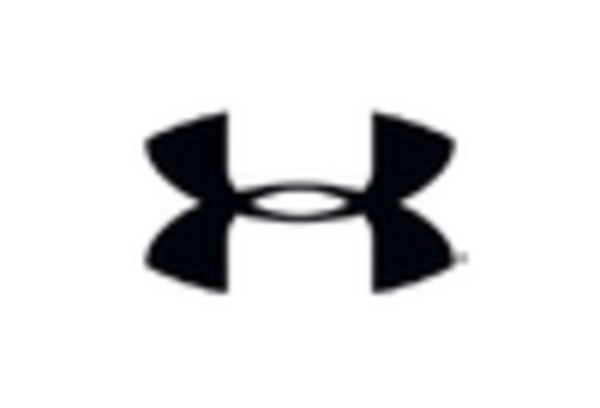








Leave a Comment